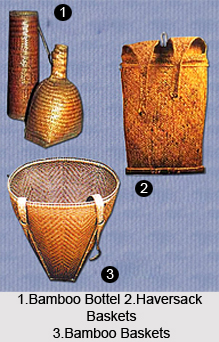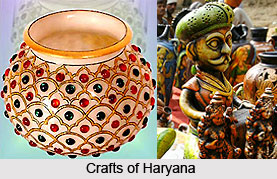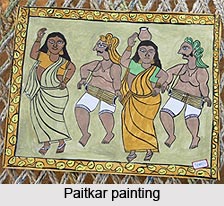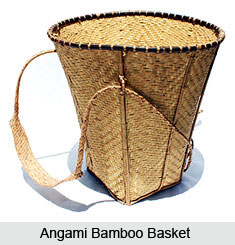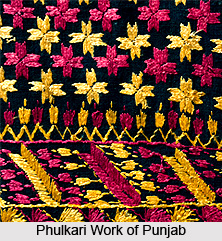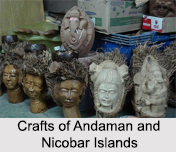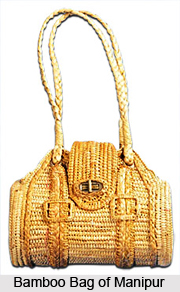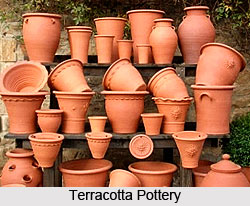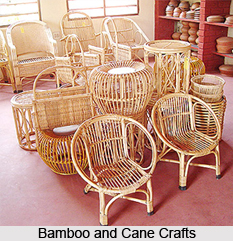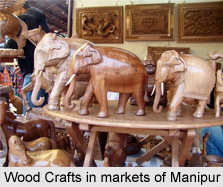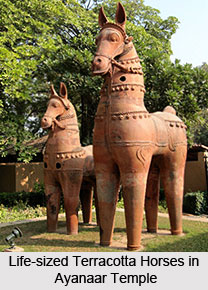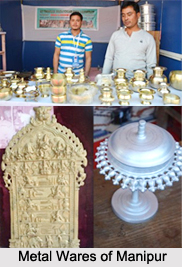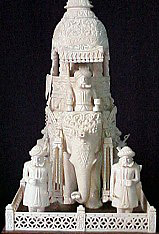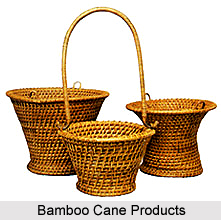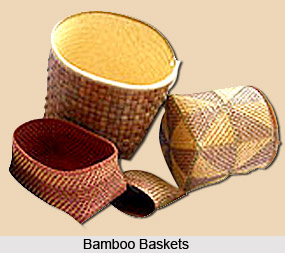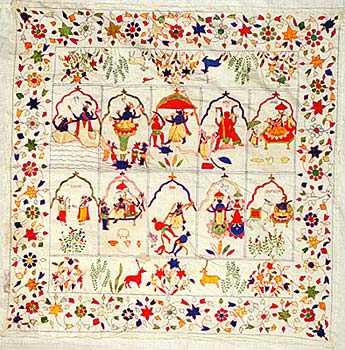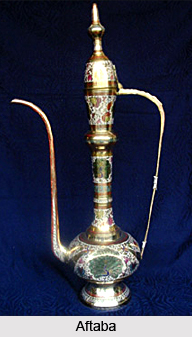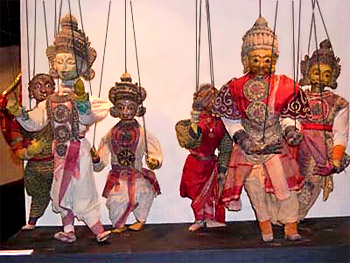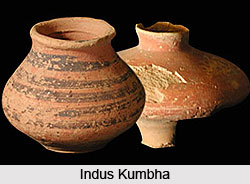 The production of clay vessels in India is an ancient craft. The history of clay crafts in India dates back to 6,000BC through remains found at Mehrgarh, on the western bank of the Indus River. History of clay crafts in India says that around 3,000BC, wandering tribes settled on this fertile river land which became the Harappa civilisation and left behind indications of a highly developed culture including pottery making. Many of the forms, techniques and decorative designs from this period are still being used today. During the Vedic period (1,500BC - 600BC) pottery known as Painted Grey Ware was produced, whose characteristic grey colour was obtained through the practice of reduction firing. This was followed by the Northern Black Polished Ware of around 400BC, a highly lustrous pottery developed during the Mauryan period.
The production of clay vessels in India is an ancient craft. The history of clay crafts in India dates back to 6,000BC through remains found at Mehrgarh, on the western bank of the Indus River. History of clay crafts in India says that around 3,000BC, wandering tribes settled on this fertile river land which became the Harappa civilisation and left behind indications of a highly developed culture including pottery making. Many of the forms, techniques and decorative designs from this period are still being used today. During the Vedic period (1,500BC - 600BC) pottery known as Painted Grey Ware was produced, whose characteristic grey colour was obtained through the practice of reduction firing. This was followed by the Northern Black Polished Ware of around 400BC, a highly lustrous pottery developed during the Mauryan period.
Pottery of the Gupta Empire in India (AD300 -AD600) was characterised by decorative bricks, tiles and vessels embellished with painting, stamping, incising and moulding. Sometime during the invasion of Islam in the 11th century, glaze was introduced (and later by the British) but until recently has never really penetrated beyond the major urban centres.
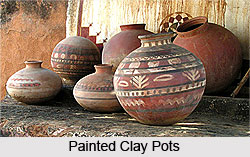 Glazing requires high-temperature kilns which are not affordable to potters, and whereas white kaolin is uncommon in India, there is an abundance of excellent low-firing clays in almost every village.
Glazing requires high-temperature kilns which are not affordable to potters, and whereas white kaolin is uncommon in India, there is an abundance of excellent low-firing clays in almost every village.
The classic water pot form is round-bottomed, designed to be balanced on a fibre ring on a woman`s head (sometimes several stacked one on top of another) and carried long distances. A wide range of vessels for everyday household use are made with regional variations on design, decoration and ethnic preferences for black or red firing. There are separate shapes for carrying on the head, at the waist or by hand, and special sizes of pot to contain certain measures of rice, oil, milk and yoghurt. Cooking pots also vary in size and shape from open dishes for cooking diapattis to large round-bottomed bowls for boiling paddy (rice before the husk is removed). Storage pots for water, grains and dried foodstuffs vary from region to region, their shapes squat or tall, their necks broad or narrow according to their use.
The potters and their work are based on a variety of geographic locations. For instance the fine pots with distinctive character from Himachal Pradesh in the Himalaya are different in form and decoration to the pots of the Kutch desert where the potters are Muslim and produce work reflecting their culture and traditions. The decorative vessels from Uttar Pradesh, which are black fired with silver inlay, are examples of designs produced primarily for the urban market. The cupboards and grain containers built from unfired clay in the bhungas (round mud houses) of Kutch use the same making and decorating techniques as pottery, and represent the unfired vessels of India.
